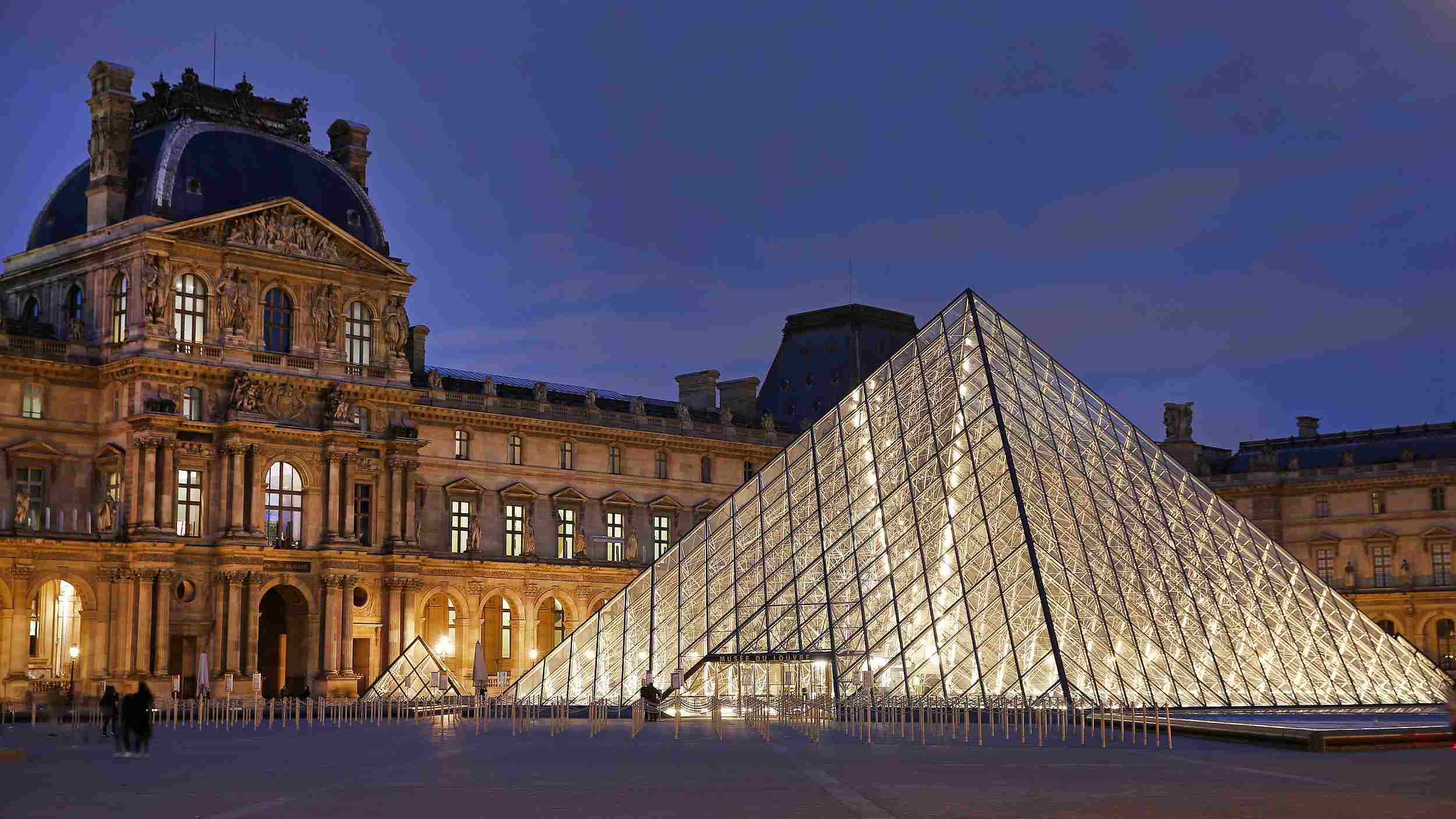It has become an integral part of Paris's Louvre Museum, with millions of tourists snapping pictures in front of it every year, but I. M. Pei's imposing glass pyramid – which turns 30 on Friday – had a less than warm reception when it first saw the light of day.
The Chinese-American architect conceived the now iconic structure as a new entrance to the museum after he was commissioned to modernize the whole Louvre complex in 1983 by French President Francois Mitterrand.
The concept, however, met with roaring disapproval from the French press and many others, with the daily Le Figaro calling it "unacceptable" and a "big mistake."
For many, the idea of a thoroughly modern 22-meter-high glass-and-steel pyramid in the courtyard of a centuries-old palace that was once the residence of French kings was tantamount to blasphemy.
At least 90 percent of Parisians were against the project, Pei later said.
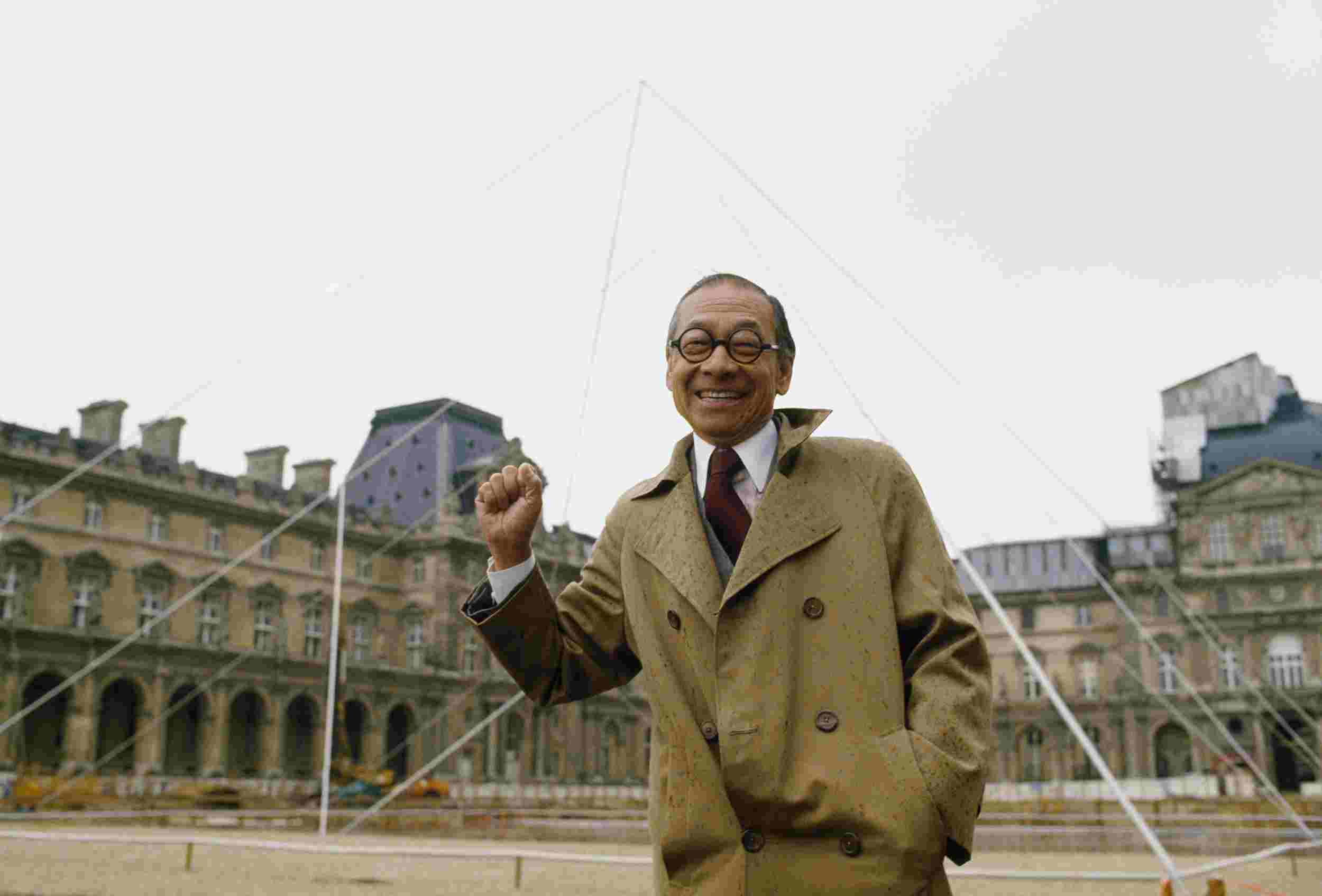
Chinese-American architect I. M. Pei stands next to a full-size simulation of his Louvre pyramid during a press conference in Paris, May 2, 1985. /VCG Photo
Chinese-American architect I. M. Pei stands next to a full-size simulation of his Louvre pyramid during a press conference in Paris, May 2, 1985. /VCG Photo
Today, however, the pyramid is one of the Louvre's most beloved features.
"Built under controversy, Ieoh Ming Pei's pyramid is now an integral part of Paris's landscape", France's culture ministry summarized on its 10th anniversary.
'A tragic lamppost'
The pyramid is not the only landmark to have had difficult beginnings.
Down the river, the Eiffel Tower is easily Paris's most famous symbol.
But its construction – for the 1889 Universal Exposition – sparked furor in artistic and literary circles, with big names like authors Alexandre Dumas fils and Guy de Maupassant, architect Charles Garnier and composer Charles Gounod publishing an open letter in the daily Le Temps to protest this "useless and monstrous Eiffel Tower."
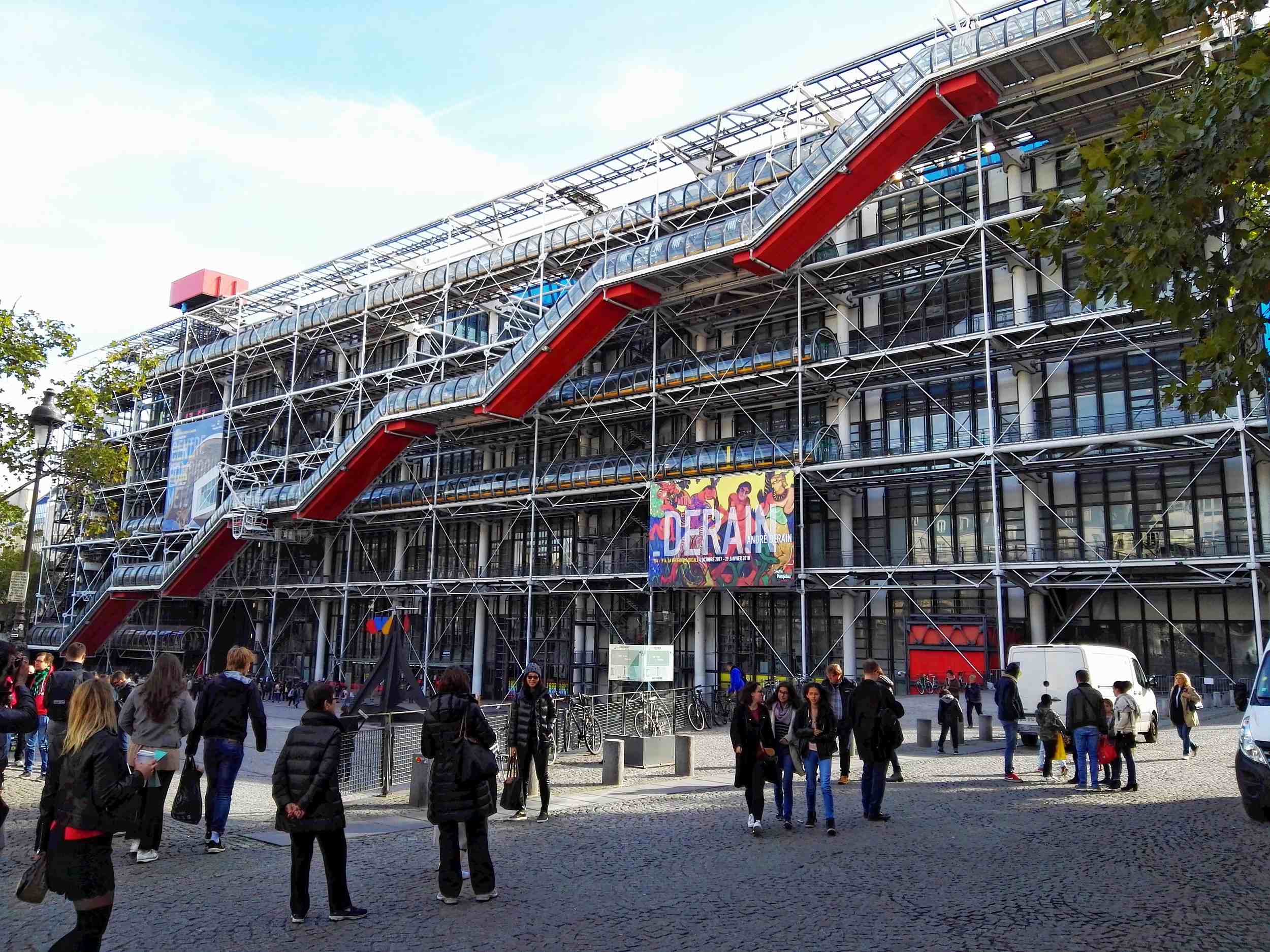
People are pictured outside the Centre Pompidou in Paris, France, October 7, 2017. /VCG Photo
People are pictured outside the Centre Pompidou in Paris, France, October 7, 2017. /VCG Photo
Maupassant called it an "ungainly giant skeleton," while writer Leon Bloy described it as a "truly tragic lamppost."
Initially meant to stay up for just 20 years, the Eiffel Tower celebrates this year its 130th anniversary. In that time, it has welcomed over 300 million visitors.
Also in the French capital, the Centre Pompidou – a contemporary art museum – set tongues wagging when it opened its doors in 1977.
"It's atrocious. It looks like a factory, a cruise ship, a refinery… with its guts on the outside," wrote Le Figaro, referring to the pipes and scaffolding that adorn the museum's exterior.
Today, the Eiffel Tower, the Louvre and the Centre Pompidou are among the five most visited sights in Paris.
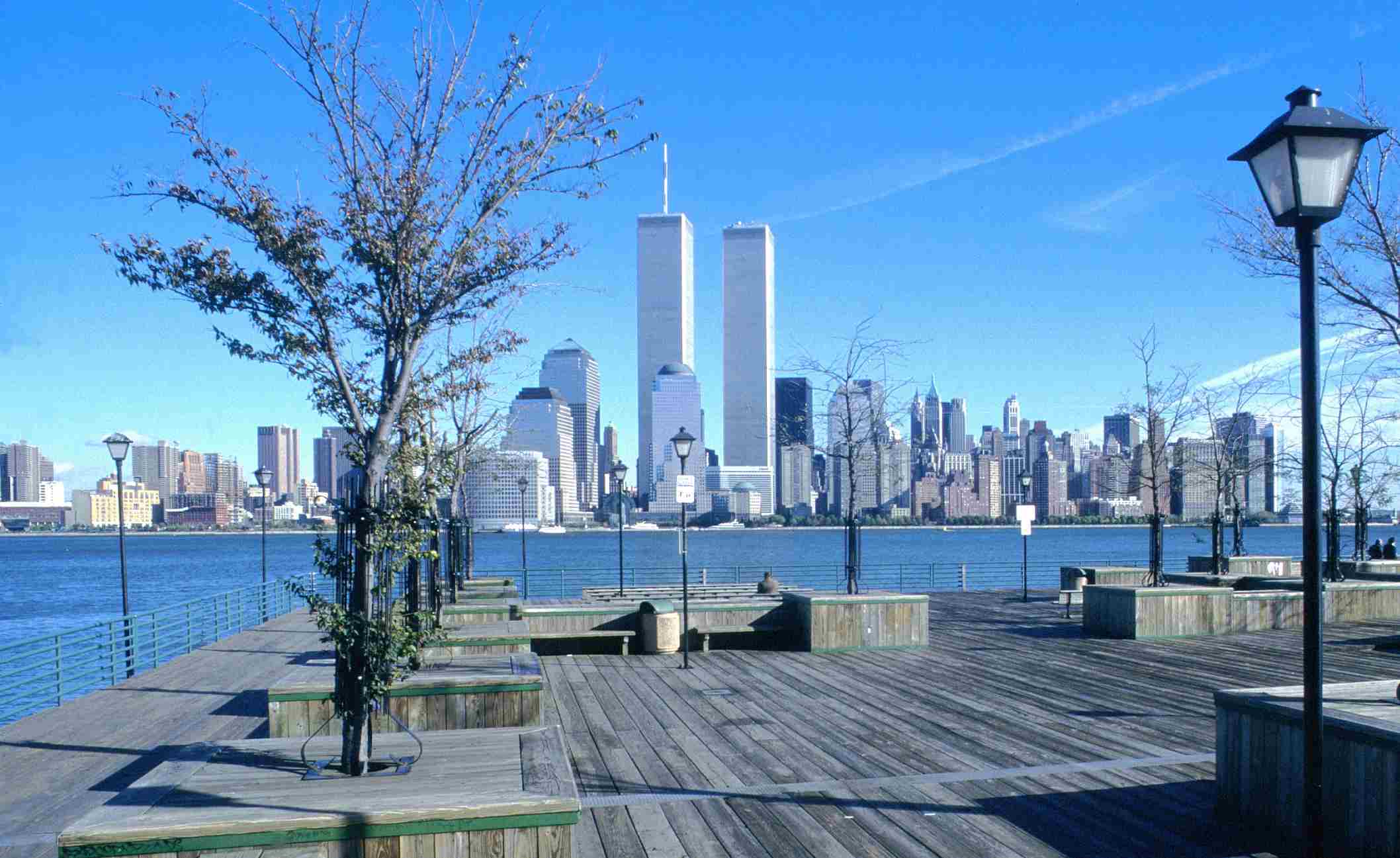
An undated picture of lower Manhattan and the World Trade Center's twin towers in New York City, U.S. /VCG Photo
An undated picture of lower Manhattan and the World Trade Center's twin towers in New York City, U.S. /VCG Photo
'Filing cabinets'
Not just tourist sites but office buildings have come under fire for having bizarre, or plain boring, shapes.
Despite dominating the New York skyline for decades, the twin towers of the World Trade Center weren't an immediate hit with the public.
Architectural critic Lewis Mumford compared the two buildings – the tallest in the world when they were finished in 1973 – to filing cabinets. Others joked they looked like the packing boxes for the more ornate Empire State Building and Chrysler Building.
The towers nevertheless entered pop culture as a defining feature of Manhattan – with tourists flocking to the Top of the World observation deck for its views – until they were brought down on September 11, 2001, cementing their place in history.

People look at the Sagrada Familia basilica in Barcelona, Spain, August 20, 2017. /VCG Photo
People look at the Sagrada Familia basilica in Barcelona, Spain, August 20, 2017. /VCG Photo
'A cluster of termites' nests'
In Barcelona, Antoni Gaudi's Sagrada Familia has been brushing off criticism for over a century.
Under construction for over 135 years and due to be finished only in 2026, the eccentric basilica has defied description, with the BBC struggling to decide whether it was "a cluster of gigantic stone termites' nests, a colossal vegetable patch, a gingerbread house baked by the wickedest witch of all or perhaps a petrified forest."
Author George Orwell called it "one of the most hideous buildings in the world."
Despite all this, it is now a UNESCO World Heritage Site – alongside Gaudi's other works – and is one of Barcelona's most popular tourist sites, welcoming millions of visitors every year. In 2010, the basilica was consecrated by Pope Benedict XVI.

Skyscrapers, including 20 Fenchurch Street (L), dominate the skyline in the City of London, U.K., November 14, 2018. /VCG Photo
Skyscrapers, including 20 Fenchurch Street (L), dominate the skyline in the City of London, U.K., November 14, 2018. /VCG Photo
Deadly sun rays
London's 20 Fenchurch Street attracted controversy differently. Dubbed the Walkie Talkie by locals, the 37-floor building made headlines in 2013, not for its unusual shape but for melting parts of a Jaguar parked nearby.
This was due to the building's concave glass façade, which concentrated sun rays in a magnifying glass effect. A sunshade was eventually added to prevent further damage.
Many still scoff at the changing skyline along the Thames, but Londoners have also turned it into a creative naming game with new buildings dubbed the Gherkin, the Cheese Grater and the upcoming Can of Ham.
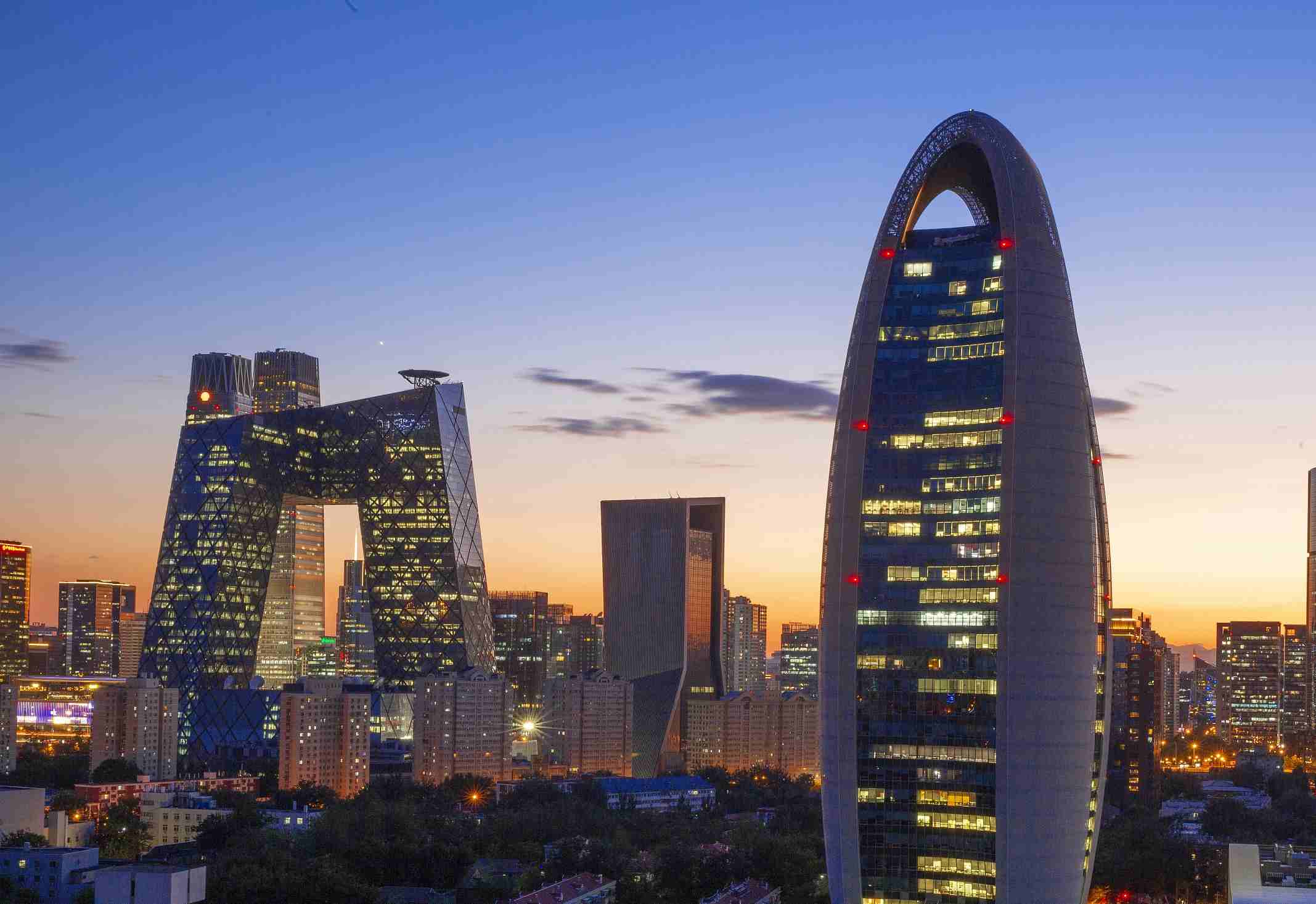
Sunset over Beijing's central business district and CCTV Tower (L), September 7, 2018. /VCG Photo
Sunset over Beijing's central business district and CCTV Tower (L), September 7, 2018. /VCG Photo
'Big pants'
CGTN's own home – Beijing's CCTV Tower – also attracted unflattering comparisons before it was completed in 2012 and locals still refer to it as "da kucha" (the big pants) due to its unique shape.
The U.S.-based Council on Tall Buildings and Urban Habitat, however, called it "stunning… both powerful and conflicted" and it has gone on to win international design and architecture awards.
Today, tourists – foreign and locals alike – can be spotted almost daily taking pictures outside. Immediately recognizable, CCTV Tower now appears on postcards and souvenirs, as a defining feature of Beijing's skyline.
(Cover picture: The Louvre Museum and its pyramid are seen in Paris, France, March 18, 2019. /VCG Photo)

